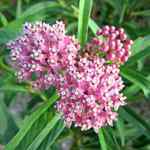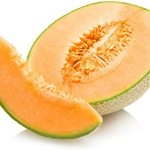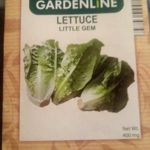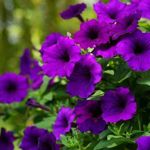FREE: Indian Corn 1 pkg. of 15 seeds

A member of Listia gave this away for free!
Do you want FREE stuff like this?
Listia is 100% Free to use
Over 100,000 items are FREE on Listia
Declutter your home & save money

"Listia is like EBay, except everything is free" - Los Angeles Times

"An Awesome Way To Give And Get Free Stuff" - Michael Arrington, TechCrunch
This Stuff is Free Too:

FREE

FREE

FREE

FREE

FREE
The listing, Indian Corn 1 pkg. of 15 seeds has ended.
If you buy with GIN ( get it now) I will send you 2 pks. of 15 seeds. BID NOW!these are from my garden, fun to grow.
Hand picked, Hand shelled, no machines to damage seeds.
From wreaths to centerpieces, Indian corn seems to be everywhere in October and November. Everywhere, that is, except on a dinner plate. It's corn, but can you actually eat it? And where did it come from?
According to folklore, these colorful ears were named after the indigenous people of North America. They'd been cultivating it for years when they introduced it to the Europeans who arrived in the Western Hemisphere in the 15th century. But "Indian corn" isn't exclusive to the North American continent. Experts say that it grew in China, India and South America for centuries. And our ancestors didn't decorate with it -- they ate it.
Unlike the typical niblets or corn on the cob that you serve at mealtime, Indian corn isn't sweet. It's also got a pretty starchy texture when it's cooked. You could compare it to hominy, which is used to make grits. Indian corn can be ground to make flour, or the whole kernel can be reserved for popcorn. Ears with larger kernels are typically used for flour or cornmeal production, while those with small, pointy kernels are perfect for popcorn.
But Indian corn's texture and composition aren't the most unusual things about it -- its color is. Most of us are used to seeing bright yellow or golden ears of corn. How could blue, red, gold and yellow kernels co-exist on the same cob? Indian corn for ornamental use, be sure to wait until the husks are no longer green to pick them, then let the ears dry for about a week. Once that's done, you can store them at room temperature for four to six months. . And if you want to have another Indian corn harvest next year, at the end of the season, pick the largest, healthiest seeds from each cob and store them in metal, animal-proof containers.
Indian Corn 1 pkg. of 15 seeds is in the Home & Garden | Gardening | Gardening Seeds & Bulbs category

